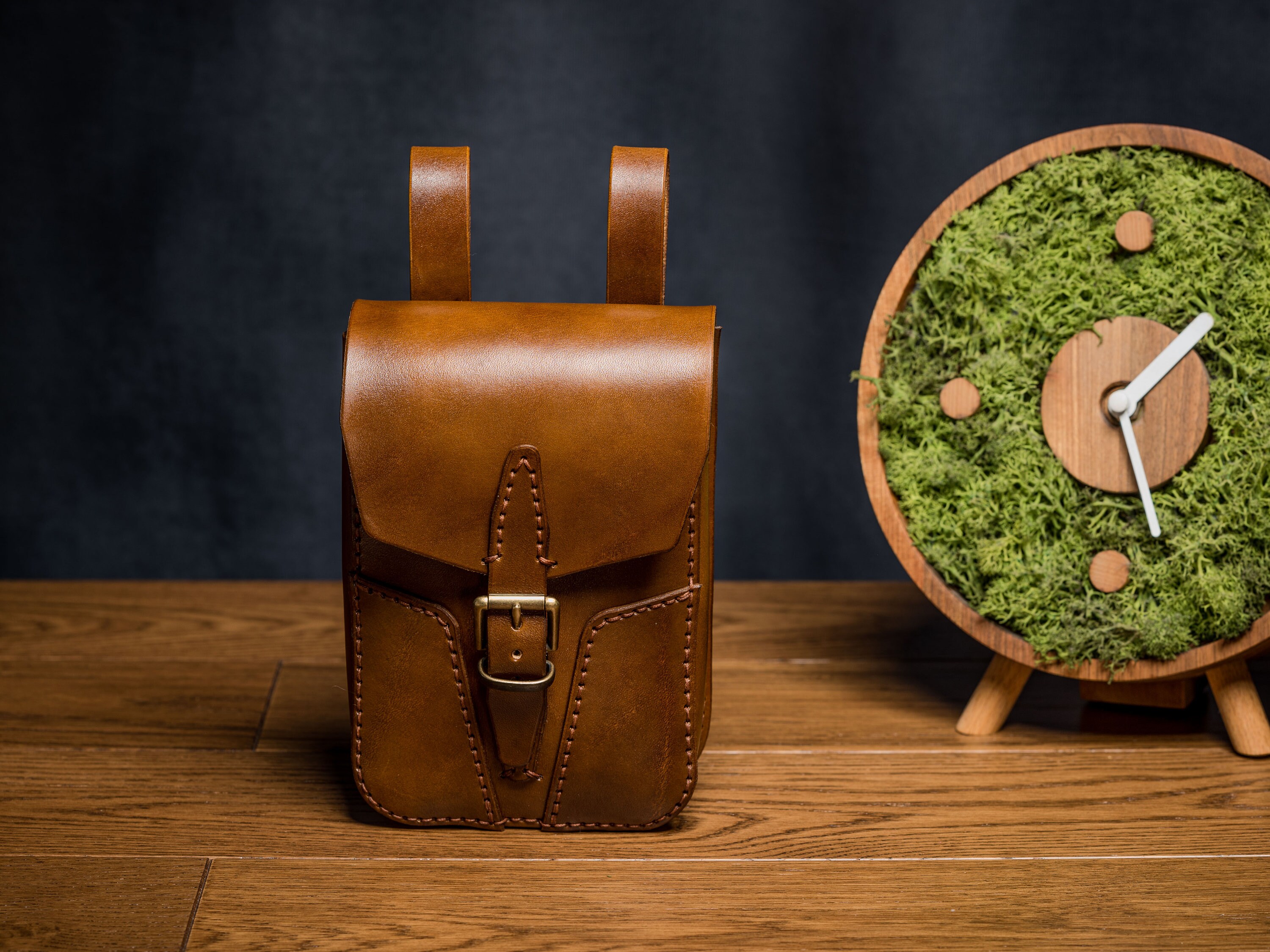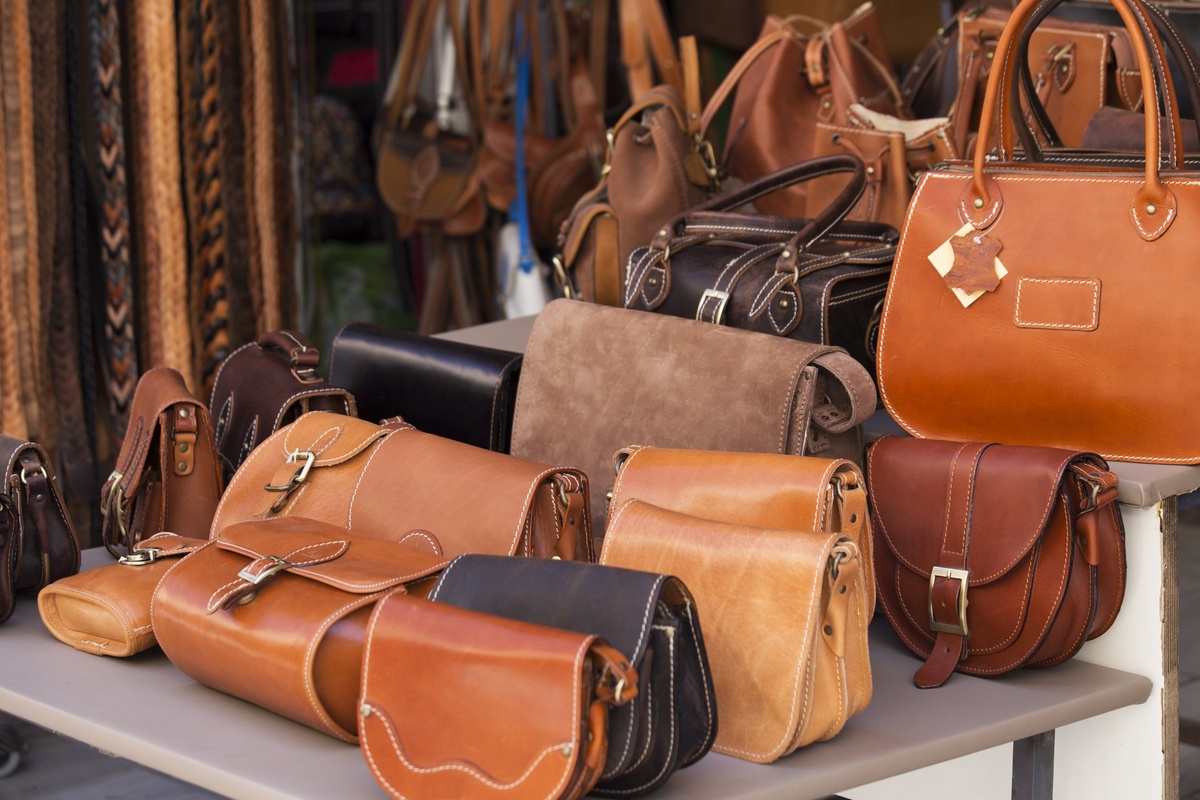Leather has long been revered for its unmatched durability, timeless appeal, and luxurious feel. From ancient civilizations to modern-day fashionistas, leather has remained a staple material for crafting bags and luggage. In this article, we delve into the reasons behind the widespread use of leather in the realm of bags and luggage, exploring its advantages, production process, environmental impact, and cultural significance.
Introduction to Leather
What is leather?
Leather is a natural material derived from the skin of animals, typically cattle, goats, sheep, or pigs. It is prized for its strength, flexibility, and ability to develop a rich patina over time.
Historical significance of leather.
Throughout history, leather has played a vital role in human civilization. From ancient times, when it was used for clothing, armor, and shelter, to the modern era, where it is a symbol of luxury and sophistication, leather has been cherished for its versatility and durability.
Advantages of Leather for Bags and Luggage
Durability
One of the primary reasons for using leather in bags and luggage is its exceptional durability. Leather products are known to withstand the test of time, outlasting their synthetic counterparts by years, if not decades.
Timeless appeal
Leather exudes a timeless elegance that never goes out of style. Whether it's a classic leather briefcase or a chic leather tote, leather bags and luggage always make a fashion statement.
Versatility
Leather is incredibly versatile, capable of being crafted into a wide range of styles, from sleek and minimalist designs to intricately embellished masterpieces. Its versatility makes it suitable for various occasions and purposes.

Types of Leather Used for Bags and Luggage
Full-grain leather
Full-grain leather is the highest quality of leather, prized for its natural beauty and durability. It retains the original grain of the hide, making each piece unique.
Top-grain leather
Top-grain leather is slightly lower in quality than full-grain leather but still retains a smooth, polished appearance. It is often used in high-end leather goods.
Genuine leather
Genuine leather is made from the layers of hide leftover after the top-grain and full-grain layers have been removed. While it is more affordable, it lacks the same durability and aesthetic appeal as higher-quality leathers.
Bonded leather
Bonded leather is made from scraps of leather that are bonded together with adhesive. While it is the least expensive option, it is also the least durable and prone to peeling and cracking.
Leather Production Process
Tanning
The tanning process involves treating raw animal hides with tannins to preserve them and impart desirable qualities such as flexibility and resistance to decay.
Finishing
After tanning, the leather is finished with dyes, oils, and waxes to enhance its appearance and durability. Finishing also allows for customization, with options ranging from matte to glossy finishes.
Environmental Impact of Leather Production
Sustainable practices
Many leather manufacturers are adopting sustainable practices, such as using eco-friendly tanning methods and sourcing leather from ethically raised animals.
Alternatives to conventional leather
As awareness of environmental issues grows, there is increasing interest in alternative materials for bags and luggage, such as vegan leather made from plant-based or synthetic materials.
How Leather Enhances Bag and Luggage Quality
Strength and resilience
Leather bags and luggage are renowned for their strength and resilience, making them ideal for frequent travel and everyday use.
Aging gracefully
Unlike synthetic materials that deteriorate over time, leather develops a unique patina with age, adding character and charm to each piece.
Unique characteristics
No two pieces of leather are exactly alike, thanks to variations in grain, texture, and color. This natural variation gives leather bags and luggage a distinctive and individualistic appeal.
Factors Influencing Leather Quality
Source of leather
The quality of leather depends on the source of the hides, with premium leather typically sourced from well-raised animals with fewer blemishes and imperfections.
Tanning process
The tanning process plays a crucial role in determining the quality of leather, with traditional methods such as vegetable tanning producing superior results compared to chemical-based processes.
Craftsmanship
The skill and expertise of the craftsmen involved in leather production also impact the quality of the final product, with attention to detail and precision craftsmanship essential for creating durable and luxurious leather goods.
Cultural and Fashion Aspects of Leather Bags and Luggage
Iconic designs
Leather bags and luggage have become iconic fashion accessories, coveted by celebrities, fashion influencers, and consumers alike for their timeless style and sophistication.
Status symbol
Owning a high-quality leather bag or luggage is often seen as a status symbol, signifying wealth, taste, and refinement.
Care and Maintenance of Leather Bags and Luggage
Cleaning tips
To keep leather bags and luggage looking their best, it's essential to clean them regularly with a soft cloth and leather cleaner, avoiding harsh chemicals that can damage the leather.
Storage recommendations
When not in use, leather bags and luggage should be stored in a cool, dry place away from direct sunlight to prevent fading and moisture damage.

Conclusion
In conclusion, leather remains a popular choice for bags and luggage due to its unmatched durability, timeless appeal, and luxurious feel. Despite concerns about its environmental impact, advances in sustainable practices and the availability of alternative materials offer hope for a more eco-friendly future. Whether it's a classic leather briefcase or a trendy leather backpack, investing in quality leather goods is sure to elevate your style and stand the test of time.
FAQs
-
Is leather better than synthetic materials for bags and luggage?
- Leather offers superior durability and a timeless aesthetic compared to synthetic materials, making it a preferred choice for many consumers.
-
How can I tell if a leather bag is of good quality?
- Look for signs of quality such as even stitching, smooth and supple leather, and sturdy hardware. Additionally, reputable brands known for their craftsmanship are more likely to produce high-quality leather goods.
-
What are some eco-friendly alternatives to conventional leather?
- Vegan leather, cork, and recycled materials are all viable alternatives to conventional leather for environmentally conscious consumers.
-
How can I care for my leather bags and luggage to ensure longevity?
- Regular cleaning and conditioning with products specifically designed for leather can help maintain its appearance and extend its lifespan.
-
Are there different types of leather suitable for different purposes?
- Yes, different types of leather vary in terms of durability, texture, and appearance, making some more suitable for specific purposes such as formal briefcases or casual backpacks.


No comments yet